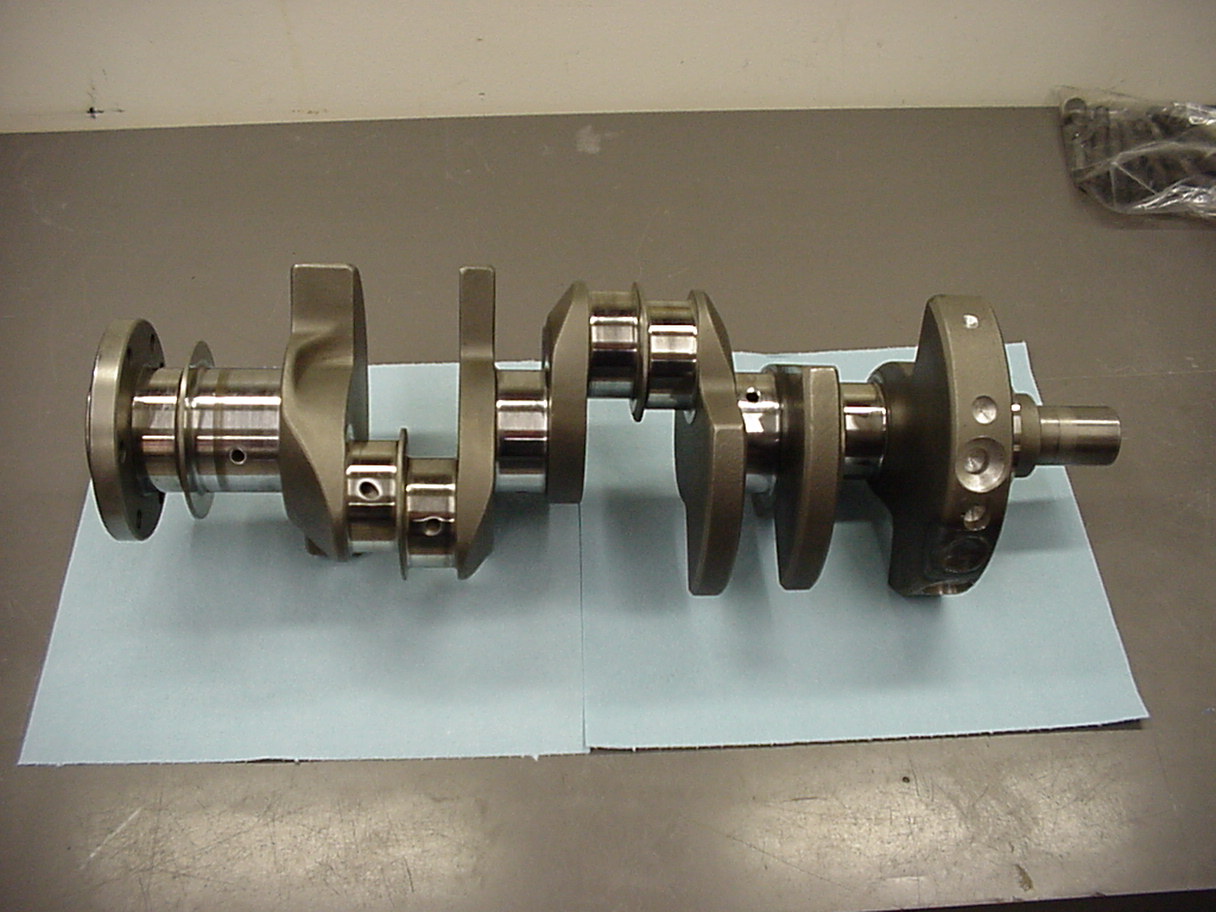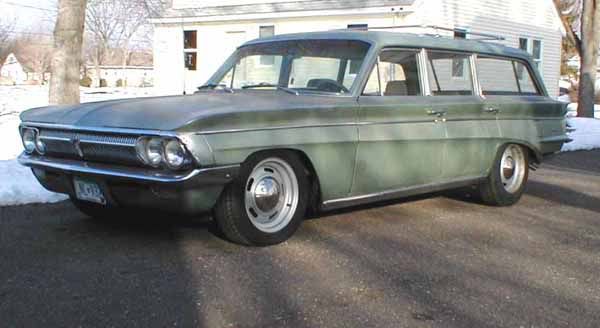A kid I went to HS with had a V6 with a 4bbl. I think it was a '64 and for sure had a 3 on the tree and burned a lot of rubber. Sounded weird though.
http://en.wikipedia.org/wiki/Buick_Skylark
I also remember seeing a 215 with a 4bbl on it. Wonder why such a small cube?
http://en.wikipedia.org/wiki/Buick_Skylark
I also remember seeing a 215 with a 4bbl on it. Wonder why such a small cube?


Comment